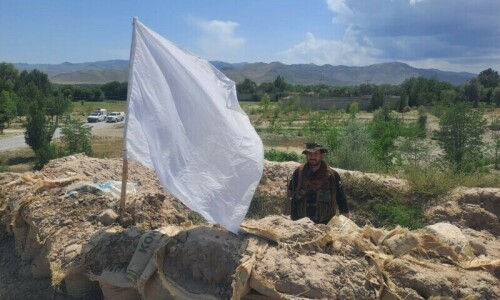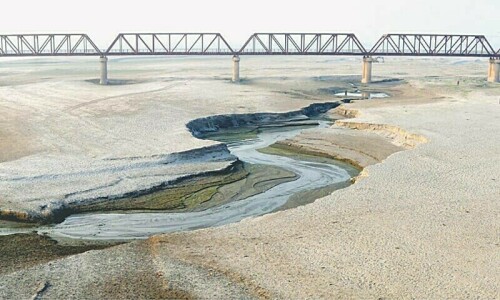UNSURPRISINGLY, Balochistan has been a victim of state injustice and provincial inequality. It badly lacks healthcare, proper infrastructure, socio-economic development, clean drinking water, education, etc. Provincial inequality has been a question mark for quite a long time for the Baloch. Covering about 43 per cent of Pakistan’s territory, rich in natural resources, Balochistan has been pushed to the brink of rebellion.
Natural gas was discovered in 1953. Surprisingly, natural gas supply from Balochistan to Punjab started in 1964 and to Quetta in 1980. Today, even Sindh’s far-flung areas use natural gas, while people in Balochistan are compelled to use wood for cooking.
Furthermore, in the education sector the Baloch suffer the most. The Pakistan Living Standard Measurement Survey (PLSMS) says that only 27 per cent of the students in Balochistan complete primary or higher education as compared to 64 per cent in Punjab.
Balochistan does not have access to safe drinking water. According to the report, 52 per cent of the population in Balochistan use wells and open ponds for drinking water as compared to three per cent in Punjab, 13 per cent in Sindh, and 35 per cent in Khyber Pakthunkhwa.
The sorry state of women in Balochistan paints a grim picture. Hundreds of thousands of women have lost their lives owing to lack of healthcare facilities.
Today, an average Baloch wants his fundamental rights.
The government should spend money earned through Balochistan’s resources on the Baloch.
There is a need to end disparity among the provinces. It is time Balochistan got its due rights.
DODA RASHEED Turbat















































Dear visitor, the comments section is undergoing an overhaul and will return soon.